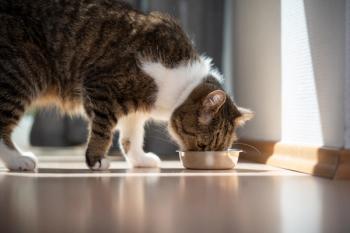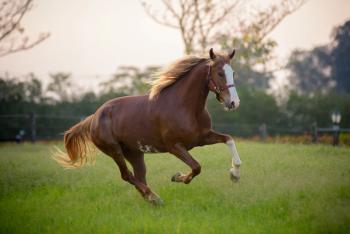
Emergency thoracentesis
This two-part article is based on experience, both positive and negative, that I have encountered through the years with the emergency procedures of thoracentesis and chest tube placement.
This two-part article is based on experience, both positive and negative, that I have encountered through the years with the emergency procedures of thoracentesis and chest tube placement. Performed as described, they have saved lives. But performed in other ways, the procedures have led directly or indirectly to complications that have taken lives. For this reason, I have taken the time to write these two articles. Safety, effectiveness and ease of performing are the "SEE" criteria that I used in the development of these techniques and comparing them to other methods that have been previously published. After performing them in many emergency cases and testing on the "frontlines," I am confident that when these procedures are performed as described, they have a low risk of causing iatrogenic injury, are very effective and easy to perform.
Click to see images
Thoracentesis indications
The indications for emergency thoracentesis are straight forward. They are the following:
- Anytime ventilation is being compromised and an accumulation of fluid or air within the pleural space must be ruled out.
- Anytime known fluid or air accumulating within the pleural space is causing increases in respiratory rate or effort and time is of the essence to start removing this immediately.
- Anytime a chest tube is not in place and clinical signs indicate recurrence of pulmonary compromise and for various reasons (financial, logistic, etc.) it is elected not to now place a chest tube.
Thoracentesis procedure
Thoracentesis is performed through the seventh intercostal space. The thoracentesis is performed in whatever position the patient is the most comfortable (sternal, sitting, lateral recumbency). If the patient is in sternal or sitting, the thoracentesis is performed at the junction between the dosal and middle one-third for air and at the junction middle and ventral one-third for fluid. Thoracentesis should always be performed bilaterally unless the patient is known to have unilateral disease. The mediastinum is complete and intact in all cats and dogs and is not found fenestrated. When pneumothorax first occurs in the majority of animals, it is always unilateral. Only with time does the pneumothorax become equally dispersed over both hemithoracies. Dispersion occurs because of the thin quality of the mediastinum.
The area selected is clipped, prepped and, if the patient is apprehensive or painful, sedated and oxygen is provided. A good combination that I like to use is butorphenol at .05 to .15 mg/kg and acetylpromazine at .001 to .01 mg/kg. This combination is given intravenously. Lidocaine 1 percent and sodium bicarbonate in a one to five mixture is used as a local anesthesia if there is time (two or three minutes Photo 1). It should be instilled in the skin and down to the pleura. An 18-gauge needle is inserted into the skin with the bevel facing caudally (Photo 2) and a small bleb of saline is placed in the hub of the needle (Photo 3). The needle is slowly advanced (Photo 4) until the saline is sucked inward (negative intrathoracic pressure) or expelled outwards (tension pneumothorax). Needle advancement is stopped and the needle is angled caudally so that the needle is lying along the chest wall "locked" between the ribs with the bevel facing toward the lungs (Photo 5). This helps minimize the likelihood of iatrogenic lung trauma from the needle. The needle can be held in this position by pushing in toward the rib thus "locking it down". An assistant then attaches an extension set (Photo 6) and three-way stopcock and starts aspirating on the needle (Photo 7). If no assistant is immediately available, the operator can begin aspiration. To maintain a safe "locked" position on the needle so it does not move, an assistant must be available to manipulate the syringe and stopcock. Mild adjustments may have to be made to facilitate good flow through the needle. Without the bleb of saline being moved by the pressure within the pleural space, it would literally be impossible to tell when the needle has entered the pleural space. That has cost past lives when clinicians have relied on a "pop" to tell them they were "in the pleural space" and in actuality they were not and tension pneumothorax was missed!
In March, we will disucss the placement and indicuations for chest tubes.
Newsletter
From exam room tips to practice management insights, get trusted veterinary news delivered straight to your inbox—subscribe to dvm360.






